This was one of the first power facilities to demonstrate the feasibility of long distance electric power transmission. Through an elaborate switchboard at the main station, tied to similar boards at substations, a complete circuit was created to drive an electric motor 153 miles from the generator a remarkable distance at that time.
Power Generation
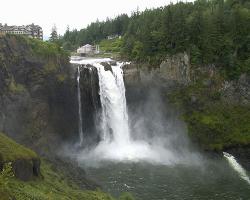
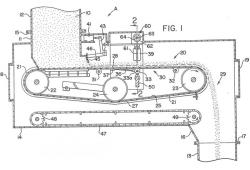
A variety of mechanical feeders, including drag-chain conveyors and rotary pocket feeders, historically have been used to volumetrically control the flow of fuel to coal pulverizers on power generators. Most power generation in the United States has relied on burning fossil fuels in steam boilers, with coal as the fuel of choice. By the 1920s, pulverized-firing (the burning in suspension of finely ground coal particles) evolved as means to more complete fuel combustion and higher system efficiencies and facilitated the use of larger boilers.
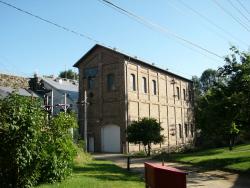
The historic Folsom Power House #1 marks one of the first successful uses of hydroelectric power in the world and the first successful transmission of power long distance (twenty-two miles to Sacramento). The old Folsom Power House still shelters the machinery generated to drive streetcars and illuminate the city of Sacramento.
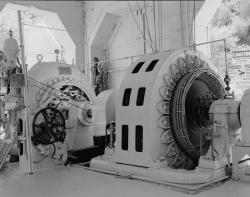
Innovations

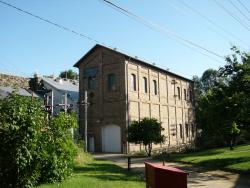
The historic Folsom Power House #1 marks one of the first successful uses of hydroelectric power in the world and the first successful transmission of power long distance (twenty-two miles to Sacramento). The old Folsom Power House still shelters the machinery generated to drive streetcars and…
Read More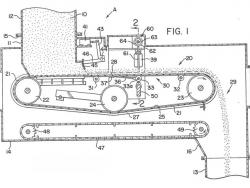
A variety of mechanical feeders, including drag-chain conveyors and rotary pocket feeders, historically have been used to volumetrically control the flow of fuel to coal pulverizers on power generators. Most power generation in the United States has relied on burning fossil fuels in steam…
Read More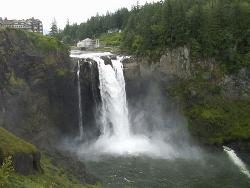
This was one of the first power facilities to demonstrate the feasibility of long distance electric power transmission. Through an elaborate switchboard at the main station, tied to similar boards at substations, a complete circuit was created to drive an electric motor 153 miles from the…
Read More

